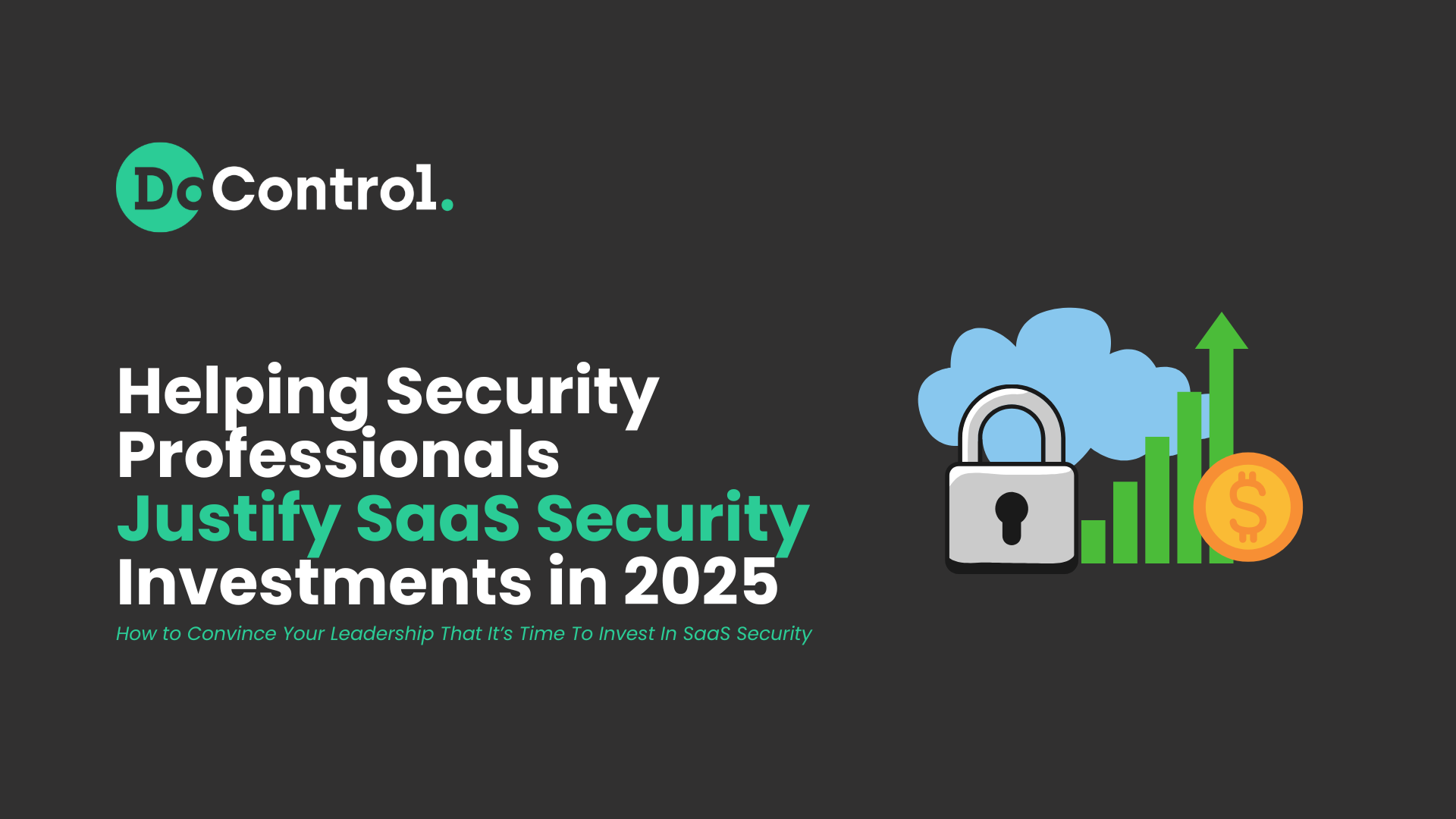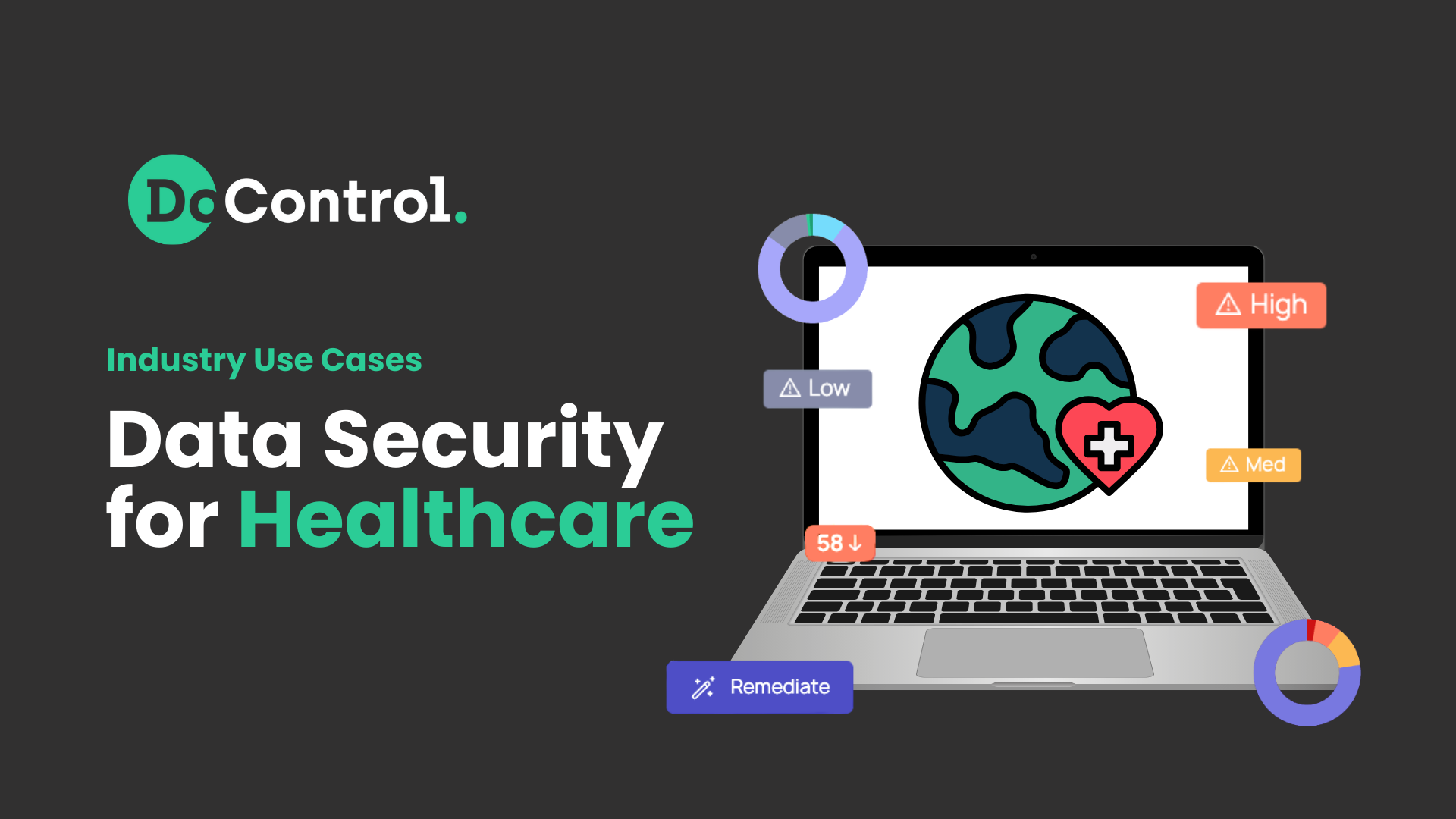
SaaS Security and SSPM (SaaS Security Posture Management) is still an emerging category.
Security practitioners on the front lines know the risks, and truly understand the urgency to act. But, at the executive level, SaaS Security is still oftentimes overlooked - and not yet a standard budget line item.
This creates friction: practitioners struggling to fix the problem, executives hesitant to allocate resources, and vendors trying to prove their value.
The good news is that with the right framing, this doesn’t have to be a painful process. It can be a straightforward, even seamless conversation.
What Executives Care About
When making the case for SaaS Security, it’s important to speak in the language of the C-suite. Executives typically anchor on three questions:
- How will this initiative drive revenue or reduce costs?
- How will this increase efficiency so my team can focus on higher-value projects?
- How does this improve customer satisfaction, employee engagement, and reduce overall risk?
Framing your business case around these three dimensions is the fastest path to alignment and approval.
Step 1: State the Problem Clearly
Executives aren’t living the day-to-day reality of SaaS risk. You need to make it tangible:
- Too many apps, too little oversight. Most organizations have hundreds of SaaS apps, with minimal centralized visibility.
- Critical data in collaboration tools. Sensitive assets in Google Workspace, Slack, and others are often unmonitored and overshared.
- Current tools fall short. Legacy security tooling doesn’t expose SaaS risks or provide scalable remediation paths.
- Manual processes are impossible. The scale is too large; manpower is too expensive.
- SaaS favors collaboration, not security. Native controls are weak, and designed for sharing - not protecting.
When executives hear this framed clearly and correctly, they immediately understand: this isn’t a “nice-to-have,” it’s a structural gap.
Step 2: Highlight the Risk of Doing Nothing
Abstract risks don’t resonate - real scenarios do.
→ 95% of cybersecurity incidents occur due to human error.
→ 83% of organizations have experienced an insider attack in the past year.
→ 45% of surveyed organizations experienced third party-related cybersecurity incidents and interruptions during the past two years.
When the risk becomes a real, tangible story, it’s easier for executives to realize the true risks at hand. Run a POV or free risk assessment and tie results to the business, and tie back to real-world consequences of doing nothing. For example:
- Data Exposure → Brand Reputation. Sensitive files are often publicly shared or still accessible by ex-employees at competitors. This leads to leaks that destroy trust. Just look at the recent ScaleAI incident.
- Breach → Shadow Apps & AI Integrations. Unsanctioned apps often request broad permissions. For stale or compromised accounts, this becomes an easy attack vector. Salesforce learned this the hard way.
- Compliance Failure → Misconfigurations. Hundreds of SaaS apps each come with unique compliance requirements (HIPAA, SOC 2, GDPR, etc.). Missing a single configuration can result in fines and breaches - just ask Coinbase.
Executives care about impact. Show them the risk in terms of brand damage, compliance fines, or a multimillion-dollar breach - and the conversation changes immediately.
Step 3: Show the Business Impact of Solving the Problem
Don’t stop at risk. Highlight the positive business case:
- Efficiency Gains. Automated workflows eliminate manual review and remediation. On average, DoControl customers save more than 2,500 hours annually.
- Cost Reduction. A major breach costs millions. By reducing operational risk, our customers save more than $1,000,000 each year on average.
- Customer Satisfaction & Trust. Meeting compliance standards and preventing data leaks keeps customers confident and engaged. We remediate more than 100K risky permissions every month for our customers, directly reducing exposure.
This reframes security from a cost center to a business enabler.
Final Thoughts
Rolling out new initiatives is never easy. You need alignment, a strong business case, and ultimately budget approval - which in today’s environment is harder than ever.
But justifying SaaS Security isn’t rocket science. By clearly stating the problem, showing the risks of inaction, and quantifying the business impact, you can drive executive buy-in.
And, most importantly: the vendor you choose should partner with you in this process.
A strong vendor doesn’t just sell you a product - they help you build the story internally, prove ongoing value, and show the lasting impact this investment will have on your business.



